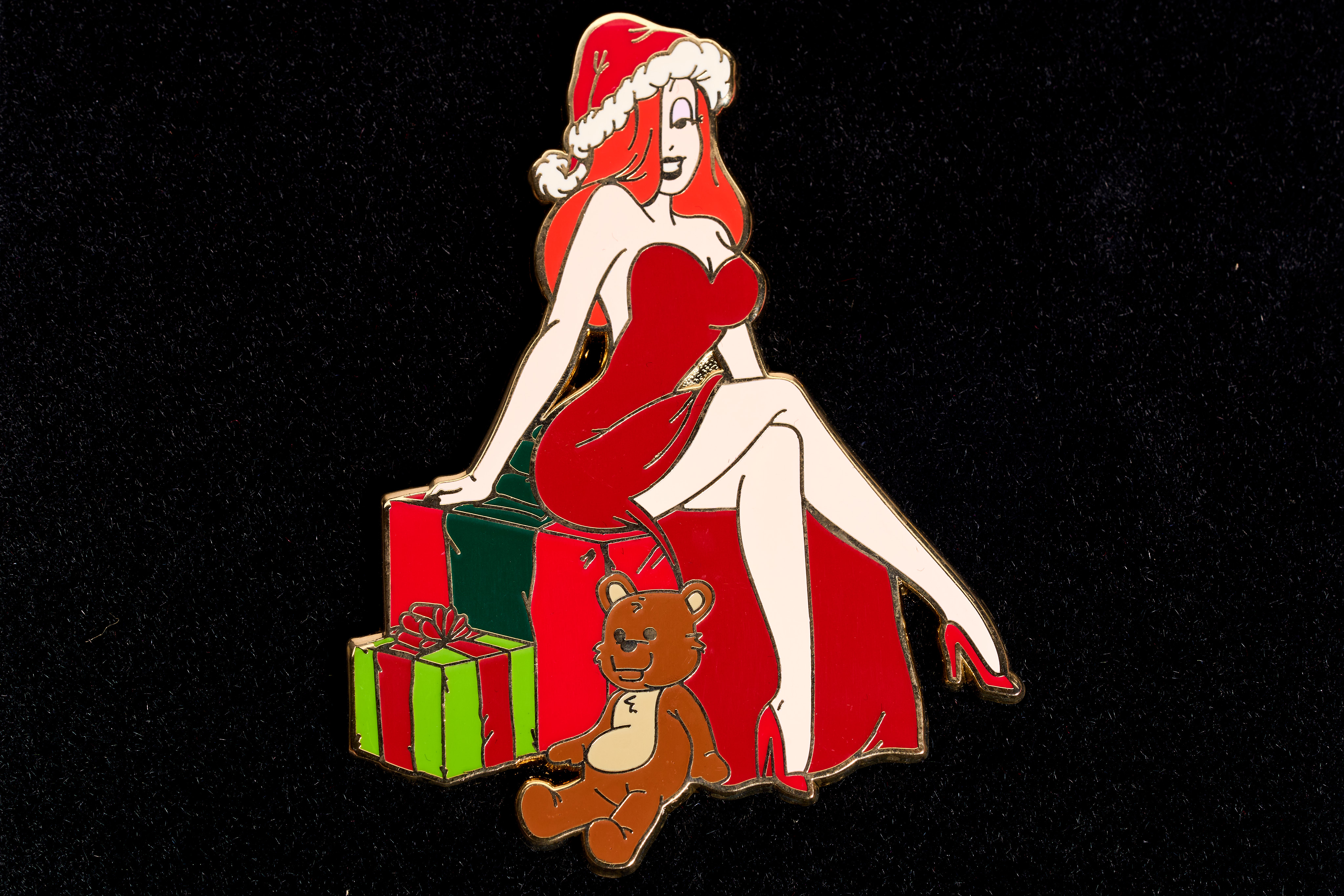SCRAPPER How reliable is a blacklight at detecting scrappers?
Hi all, first post. My wife and I have been pin trading for about a year and we have about 700 pins, all from park trading and park purchases.
We accidentally discovered that all purchased pins respond to UV light (blacklight). It might be as little as a character's tongue or as much as the whole pin, but some of the paint always glows brightly under UV light, often in a different hue than in regular light.
We found that about 25% of our CM traded pins, mostly hidden mickeys with known scrappers, did not respond to UV light. Often we'd have complete sets where 1 or 2 would not glow, and under normal light looked suspiciously different (sometimes).
I searched everywhere and found no mention of this effect. Anyone else notice it?
We accidentally discovered that all purchased pins respond to UV light (blacklight). It might be as little as a character's tongue or as much as the whole pin, but some of the paint always glows brightly under UV light, often in a different hue than in regular light.
We found that about 25% of our CM traded pins, mostly hidden mickeys with known scrappers, did not respond to UV light. Often we'd have complete sets where 1 or 2 would not glow, and under normal light looked suspiciously different (sometimes).
I searched everywhere and found no mention of this effect. Anyone else notice it?

